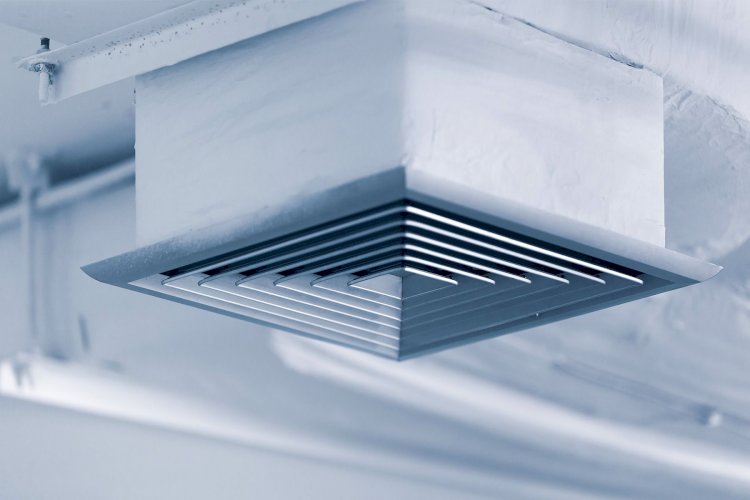An In-Depth Examination of the Design and Functionality of Containerised Military Systems

Introduction
As we stride further into the 21st century, the dynamics of contemporary warfare are rapidly transforming. Across the globe, military organisations are investing in more adaptive and agile systems to respond to diverse operational requirements. But what's driving this shift, and what role is design playing in shaping modern military innovation?
This post will deep-dive into a specialised class of structures that are transforming military operations — containerised military systems. These dynamic systems tools have quickly become instrumental in enhancing battlefield efficiencies and operational agility. But why is that, and how does their unique design contribute to their effectiveness? Let's set out on an explorative journey and unpack the complexities tucked away within these intriguing entities.
Why are Containerised Military Systems Important?
Containerised military systems are making waves within the military landscape due to their innovative design and operational efficiency. Traditional military architecture is often obstructive, inflexible, and lacks quick response capabilities. Containerised units offer an astute solution by enabling military operations to be carried out anywhere, irrespective of geographical or topographical constraints.
These systems draw heavily from modularity and interoperability, enabling a seamless integration within the military's broader architecture. Furthermore, they offer quick, cost-effective deployment—an attribute particularly valuable during urgent military operations. But what exactly goes behind designing these incredibly resilient modules?
Dissecting the Design of Containerised Military Systems
Behind the capacity of these units to flourish in their operational environment is their highly engineered design. Built from robust materials like steel or quality alloys, the modules can endure rough transit and harsh weather. Additionally, their structural integrity remains uncompromised even under potential threats ranging from shelling to biochemical attacks.
Combining compactness with utility, units can be customised based on requirements. They cater to various functions, from operational command units, medical facilities, to storage and maintenance units. Their modularity is such that multiple units can be combined to create larger facilities—a testament to the system's scalability and adaptability.
Unveiling the Functional Aspects
The functionality of containerised military systems is impressive. Equipped with sophisticated communication systems, state-of-the-art surveillance equipment, and task-specific tools, these units enable smooth military operations.
The quick deployment and redeployment capability of these systems greatly enhance operational readiness. Furthermore, their design facilitate easy transportation and installation. This results in a significantly reduced environmental footprint, contributing to sustainable objectives as well—an aspect increasingly critical on today's battlegrounds.
Benefits of Containerised Military Systems
The advantages of containerised systems extend far beyond their physical design. These include cost and time-efficiency, as they offer a less expensive and faster alternative to traditional military structures. Further, they enable a high degree of customisation and scalability, making them flexible to various scenarios.
Potential Cons
While containerised military systems offer numerous advantages, there are potential downsides. For instance, they may be vulnerable to sophisticated hacking operations, given their reliance on digital systems. Consequentially, the importance of robust cybersecurity measures cannot be overstated.
The Future of Containerised Military Systems
The future of these systems looks promising, with significant potential for further refinement and innovation. As modern warfare continues to evolve, the need for versatile and efficient military systems will amplify, bringing containerised military systems further into the spotlight.
Conclusion
Containerised military systems are on the vanguard of modern military technology, enhancing operational efficiency and readiness. Their robust design, functionality, and flexibility position them as indispensable tools within the military architecture. While challenges exist, it’s clear that the coming years will witness further advancements, making containerised military systems an area to watch. Their continued evolution is destined to redefine the narratives of contemporary warfare, influencing how we respond to and manage future conflicts.
Share
What's Your Reaction?
 Like
1
Like
1
 Dislike
1
Dislike
1
 Love
0
Love
0
 Funny
0
Funny
0
 Angry
0
Angry
0
 Sad
0
Sad
0
 Wow
0
Wow
0
















1
1